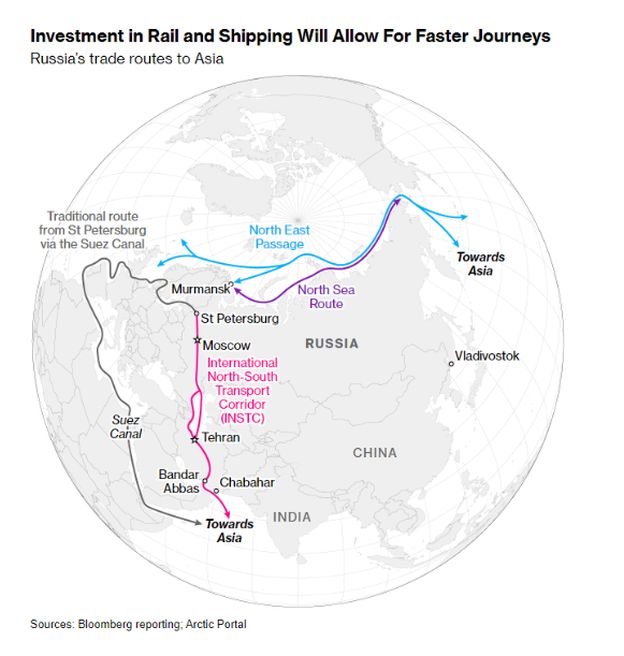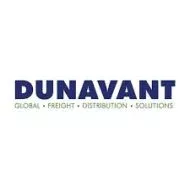Fed Balancing Act Amid Economic Uncertainty
Federal Reserve Chair Jerome Powell's recent statements have solidified the expectation that interest rate reductions are unlikely to occur anytime soon, sparking speculation on Wall Street about whether the central bank will cut rates at all this year. Powell cited a persistent lack of progress in lowering inflation to the Fed's 2% target, suggesting that it may take longer than anticipated to build enough confidence for policy adjustment. Analysts, such as Mark Zandi of Moody's Analytics, anticipate that the earliest possibility for rate cuts would be September, contingent on sustained inflation numbers aligning with the target.
Market uncertainty prevails as traders attempt to interpret fluctuating Fed commentary, with current projections leaning towards a September rate cut, followed by another in December, according to Zandi. However, Bank of America economists warn of a significant risk that the Fed may delay cuts until March 2025, attributing the cautious approach to the Fed's data dependency and the recent strength in economic activity. Despite differing forecasts, concerns linger about the potential consequences of prolonged rate hikes on labor market stability and financial sectors, highlighting the delicate balance the Fed must strike between managing inflation and supporting economic growth. (Source: https://www.cnbc.com)
President Biden Announces Tariffs on China
President Biden has initiated a significant escalation in trade tensions with China by announcing plans to triple tariffs on steel and aluminum imports from the country. Addressing concerns about unfair competition and safeguarding American jobs, Biden aims to increase tariffs from 7.5% to 25%, supplementing existing tariffs imposed during the Trump administration. The move reflects a broader strategy to confront China's economic practices, with considerations extending beyond the steel industry to encompass electric vehicles, batteries, and solar products. Despite efforts to stabilize relations with Beijing, the administration's actions risk straining diplomatic ties and disrupting the fragile equilibrium achieved through previous negotiations.
Biden's decision resonates strongly with domestic stakeholders, particularly unions like the United Steelworkers, who have long advocated for protective measures against foreign competition. However, the policy shift may trigger ripple effects, prompting scrutiny of allied nations' roles in facilitating Chinese exports and potentially influencing domestic mergers to safeguard strategic industries like steel production. Concurrently, the administration is intensifying scrutiny of Chinese shipbuilding practices, reflecting a broader commitment to investigating and addressing alleged unfair trade practices detrimental to American interests and workers. (Source: https://www.wsj.com)
Weather Eases Pain at the Panama Canal
The Panama Canal Authority (ACP) is cautiously optimistic as it anticipates the end of Panama's dry season and plans to accommodate more vessels in the upcoming weeks. After enduring the driest October in over seven decades, resulting in low water levels at Gatun Lake, the ACP has recently allocated additional transit slots for Panamax vessels to normalize operations. While water levels remain at the lower end of historical ranges, recent rainfall has provided relief, boosting canal traffic to around 60% of pre-drought levels. Despite the challenges posed by El Niño-induced evaporation and operational constraints, hopes for a return to normalcy by 2025 persist, although contingent on weather patterns.
Meanwhile, Panama's presidential election looms amidst concerns over water scarcity and the canal's dual role as a vital water source and economic artery. The leading candidate, José Raúl Mulino, inherits the legacy of prioritizing infrastructure development from former president Ricardo Martinelli, whose candidacy was disqualified due to legal issues. Mulino's platform emphasizes heavy investment in public works, including a proposed $2 billion project to enhance canal capacity by damming the Indio River. However, this initiative faces opposition from local farmers fearing land inundation. Nevertheless, the prospect of La Niña conditions offers hope for increased precipitation, potentially easing both operational and water supply concerns in the near term, crucial for sustaining Panama's economic growth and international trade via the canal. (Source: https://www.freightwaves.com)
Analyzing the Great Freight Recession
Since FreightWaves warned of an impending freight recession in March 2022, the market has endured one of its most prolonged and severe downturns. Initially met with skepticism, their prediction proved accurate as the recession persisted longer and more profound than expected. Now, after two years, the industry ponders the duration of this downturn, with signs indicating that the market may have hit its nadir. FreightWaves' analysis, leveraging its SONAR data, reveals a recent uptick in tender rejections, a crucial indicator of supply and demand balance, suggesting a potential turnaround. Additionally, contracted load volumes have grown since January 2023, narrowing the gap between peak and current volumes. While challenges persist, such as ongoing capacity declines and depleted reserves among trucking fleets, indications point towards a forthcoming recovery, likely by spring 2025 at the latest.
As the freight industry braces for a potential turnaround, recent data trends provide cautious optimism amidst the prolonged recession. Contrary to the previous year's lows, tender rejections have steadily increased since late March, indicating improving market conditions. Similarly, contracted load volumes have grown, albeit below pre-recession levels, suggesting a gradual recovery. Moreover, economic forecasts predict a 3% year-over-year GDP growth, historically correlating with increased freight demand. Despite ongoing challenges, such as persistent capacity declines and exhausted financial reserves among trucking fleets, the data signals a potential end to the prolonged downturn. While uncertainties remain, the industry anticipates a supply and demand balance recovery by fall 2024, with a more definitive turnaround expected by spring 2025. (Source: https://www.freightwaves.com)
Russia New Trade Routes
Russia is strategically advancing the construction of two new transportation routes connecting Asia and Europe, aiming to mitigate the impact of sanctions imposed due to its conflict in Ukraine while navigating disruptions in global trade caused by instability in the Middle East. These corridors, utilizing shipping and rail networks via Iran and an Arctic sea passage, hold the potential to bolster Russia's engagement with economic powerhouses like China and India while reducing dependence on European routes. By offering significantly shorter transit times compared to the Suez Canal and avoiding security concerns in the Red Sea, particularly amid conflicts involving Houthi rebels and Israel, these routes emerge as attractive alternatives for international trade.
Despite reluctance from the US and Western allies, major Asian and Gulf economies have expressed interest in these Russia-backed routes, recognizing their potential cost savings and resilience to geopolitical tensions. However, significant obstacles persist, including outdated infrastructure in Iran and logistical challenges along Russia's Arctic coastline. Russia's substantial investments, exceeding $25 billion, aim to address these hurdles, with plans for railway expansion, port upgrades, and the deployment of a fleet of icebreakers to facilitate navigation through Arctic waters. The development of these transport corridors signifies Russia's strategic pivot towards Asia and its determination to diversify global trade routes, thereby mitigating the impact of sanctions and geopolitical instability. (Source: https://www.bloomberg.com)

The content of this article is intended to provide a general guide to the subject matter. Specialist advice should be sought about your specific circumstances.

